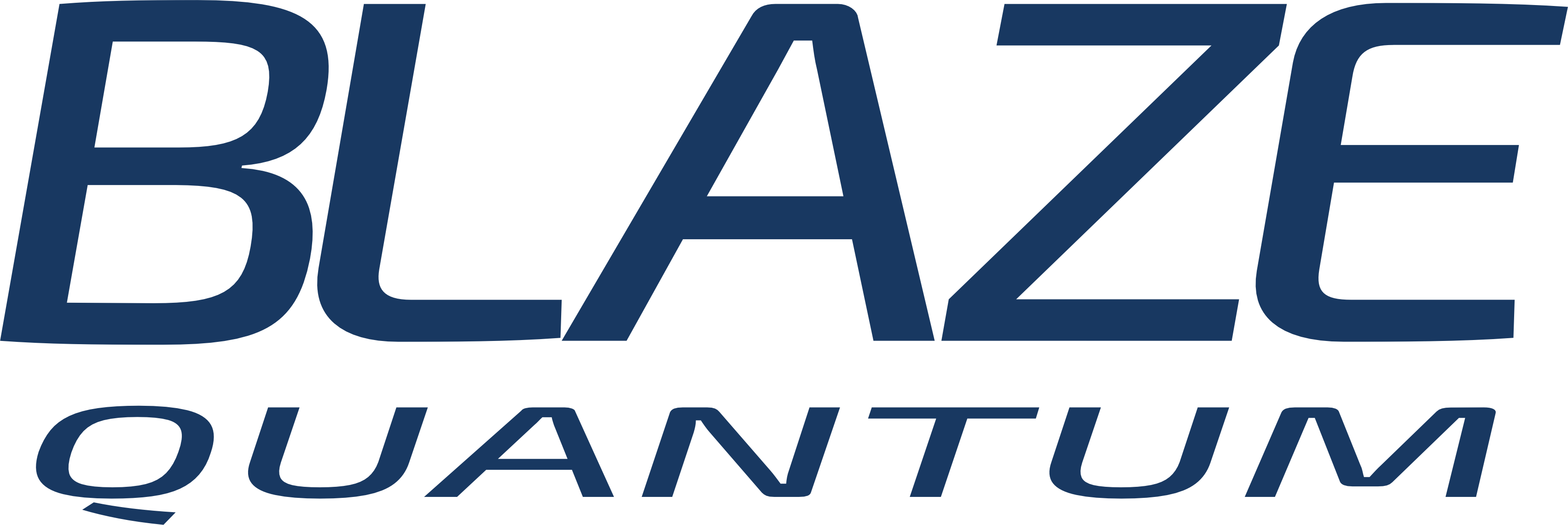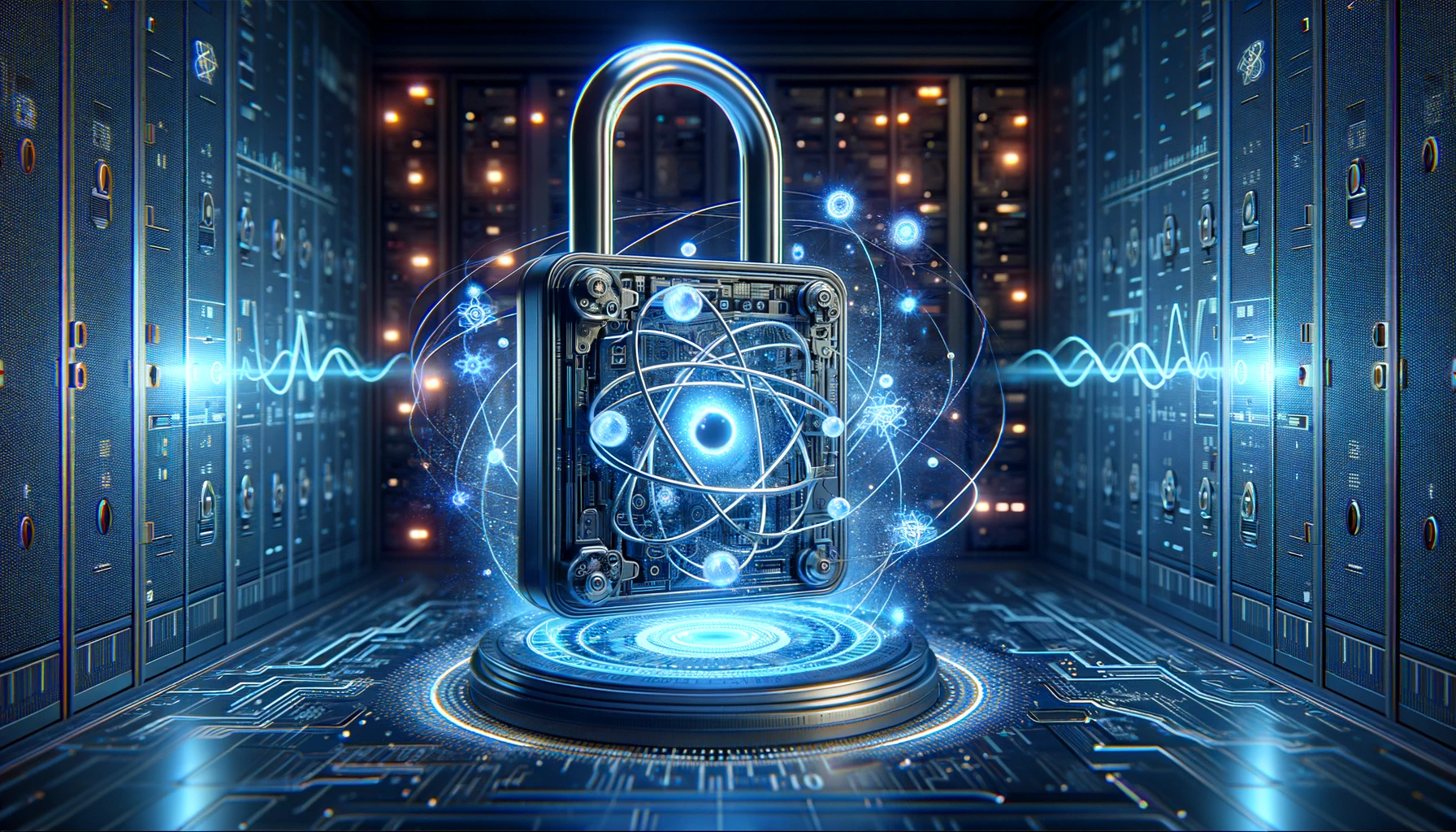In the rapidly evolving digital security landscape, the advent of quantum computing presents both an incredible leap forward and a significant challenge. Quantum computers could render many of our current encryption methods obsolete with their potential to process complex calculations at speeds unfathomable by today’s standards. This is where BLAZE steps in, embodying the forefront of quantum-safe cryptographic technology. Let’s dive into how BLAZE ensures your data remains secure, even with quantum computing advancements.
Symmetric and Asymmetric Quantum-safe Encryption
At the heart of BLAZE’s security protocol is the Advanced Encryption Standard (AES-256) algorithm. Known for its robustness and currently deemed quantum-safe, AES-256 is a symmetric key encryption algorithm. This means the same key used to encrypt data is also used for decryption. However, securely sharing this key between sender and recipient poses a challenge.
To address this, BLAZE employs a two-tier encryption mechanism. The AES-256 key, necessary for decrypting the received data, is encrypted by the sender using the recipient’s public key. This encrypted key is then safely shared, allowing the recipient to decrypt it with their private key, ensuring that the symmetric key is never exposed in transit. The sender then uses the AES-256 key to encrypt the data on the client side, and the receiver decrypts it on his/her client side.
Beyond Traditional Encryption: Embracing Quantum-Safe Algorithms
Traditional public-key cryptography, such as RSA or ECC (Elliptic Curve Cryptography), relies on the computational difficulty of factoring large integers or solving discrete logarithm problems. However, quantum computers could break these challenges efficiently using algorithms like Shor’s algorithm, jeopardizing data security.
BLAZE circumvents this vulnerability by incorporating Kyber-1024, a quantum-safe cryptographic algorithm. Kyber-1024 is grounded in the Learning With Errors (LWE) problem, which involves hiding information within equations augmented with linear noise. This problem is currently intractable for quantum computers, making it an ideal foundation for quantum-resistant encryption.
A Hybrid Approach for Enhanced Security
Understanding the importance of adaptability and resilience, BLAZE doesn’t rely solely on a single encryption method. Following recommendations from NIST (National Institute of Standards and Technology) and ANSSI (French National Agency for the Security of Information Systems), BLAZE integrates a hybrid of Kyber-1024 and ECC-256 algorithms to mitigate any risk associated with any potential vulnerability of Kyber-1024.
https://csrc.nist.gov/Projects/post-quantum-cryptography/faqs
https://cyber.gouv.fr/en/publications/anssi-views-post-quantum-cryptography-transition
Conclusion
As we begin a new era in computing, BLAZE offers an advancement of security, ensuring that our data remains safe from the quantum threat. As quantum computing continues to develop, technologies like BLAZE will be crucial in safeguarding our digital future, making quantum safety not just an option but a necessity.




